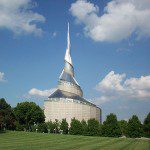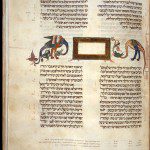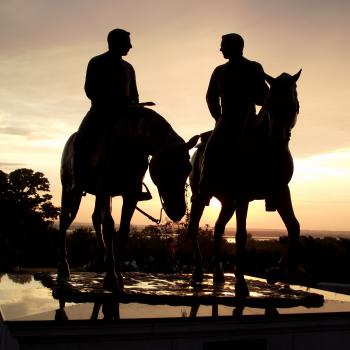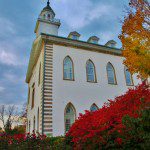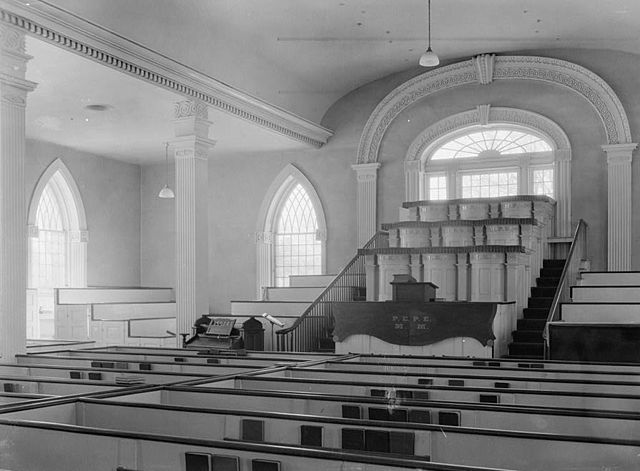
(Wikimedia Commons public domain image)
I hope that I don’t offend or violate any confidences with the little story that I’m about to tell. I wasn’t asked to keep it confidential, and I won’t share the crucial personal name — not least because, having never known it, I’m unable to share it. Moreover, I hope that I’m accurately recalling what happened as it was told to me. I think that it’s worthy of reflection in the light of the transfer of ownership of the Kirtland Temple (among other things) that was announced a couple of days back:
Many years ago, for what was probably the very first time, members of the Church of Jesus Christ of Latter-day Saints sought permission from the leaders of what was then called the Reorganized Church of Jesus Christ of Latter Day Saints to hold a meeting in the Kirtland Temple that would involve the administration of the sacrament. The RLDS First Presidency kindly granted permission.
Not everybody was happy about the matter, though. In particular, the RLDS employee responsible for maintaining the Kirtland Temple and its grounds and overseeing their operations on the site was quite upset. Hostility toward the “Brighamites” was, for generations, commonplace in the Reorganization, and that seems to have contributed to his displeasure. The tension between the two main claimants to the Restoration had not completely subsided.
When the meeting occurred, it was presided over by at least one member of the Quorum of the Twelve Apostles of the Utah-headquartered church. (Actually, I think that there were at least two members of the Twelve present, and that they may have been the priesthood-holders who officiated at the sacrament table.) And Karl Ricks Anderson, the man whom President Gordon B. Hinckley christened “Mr. Kirtland” — he has been bishop, stake president, and patriarch over the Kirtland area and its surroundings; has written extensively about Latter-day Saint history in Kirtland; and has been the point man in much of the Church’s acquisition and development of property in Kirtland (probably including the most recent transaction) — was among those who were asked to pass the sacrament.
The RLDS manager was also there, sitting in the back. For one thing, he wanted to make sure that these Utah Mormons, whose presence he resented, didn’t act inappropriately and did no damage to his building.
When the time actually came for the sacrament, it fell to Karl Anderson to take the bread to the back of the room. He debated inwardly whether or not he should offer the sacrament to the RLDS official. After all, the man wasn’t actually a member of the Church. But then, on the other hand, he was a kind of brother in the faith: He was trying to follow Joseph Smith as he understood doing so. He accepted the Book of Mormon in some fashion. And, in any case, he was a professing Christian and a brother in Christ. Moreover, Karl felt, it would be exclusionary, painfully obvious, and perhaps even insulting to walk past the man (whom Karl had known for a while) without offering him the sacrament. So he concluded to offer the tray to the man.
When he did so, however, the RLDS official rather sternly motioned that he did not wish to partake of the sacrament. So Karl passed him by.
After the meeting, though, the man approached Karl and told him what had happened after he had rejected the offer of the sacramental bread. I paraphrase my memory of Karl’s paraphrase to me:
“As soon as I motioned you away,” said the RLDS official, “the Spirit spoke to me as strongly as it ever has. ‘This is not your house,’ the Lord said to me. ‘This is my house.’ I have never before in my life been so strongly rebuked by the Spirit. I will never behave like that again.”
There is, I think, much to ponder in this simple little story.
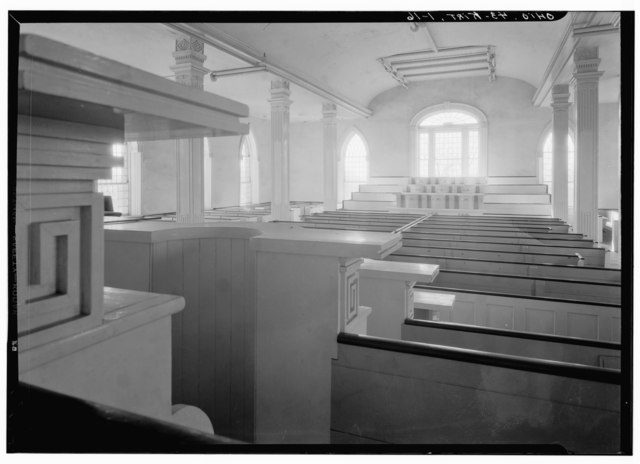
I call to your notice two very apt articles by Karl Ricks Anderson:
- “Kirtland Temple: How the Lord Helped the Saints Do the Seemingly Impossible”
- “The Kirtland Temple – “A Pentecost and a Time of Rejoicing””
And this one, by Scot and Maurine Proctor, which includes some excellent photographic images: “Why Must We Remember the Sacred?”
Many are speculating about whether the Church will convert the Kirtland Temple into a fully functional temple in the current sense. The answer, though, seems to be perfectly clear and unambiguous:
“Will the Kirtland Temple be converted into a functioning Latter-day Saint temple?
“No. The Kirtland Temple will be maintained and presented as a historic building that is open to the public. President Russell M. Nelson announced a temple in Cleveland in April 2022, and the Church released its site address in December 2022 and a rendering in July 2023.”
In any case, the Kirtland Temple is distinctly unsuited to the functions for which Latter-day Saint temples have been built ever since the construction of the first Nauvoo Illinois Temple. To convert it would require the complete destruction of its interior, the features of which represent the majority of its historical significance.
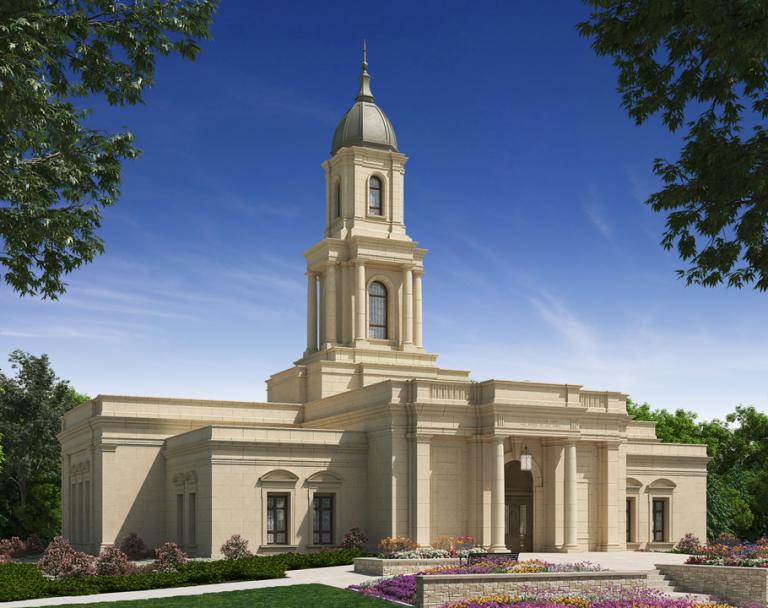
Newly available at no charge on the website of the Interpreter Foundation: Hugh Nibley Observed: “An Intellectual Autobiography: Some High and Low Points,” written by Hugh W. Nibley
Part of our book chapter reprint series, this article originally appeared in Hugh Nibley Observed, edited by Jeffrey M. Bradshaw, Shirley S. Ricks, and Stephen T. Whitlock. For more information, go to https://interpreterfoundation.org/books/hugh-nibley-observed/.
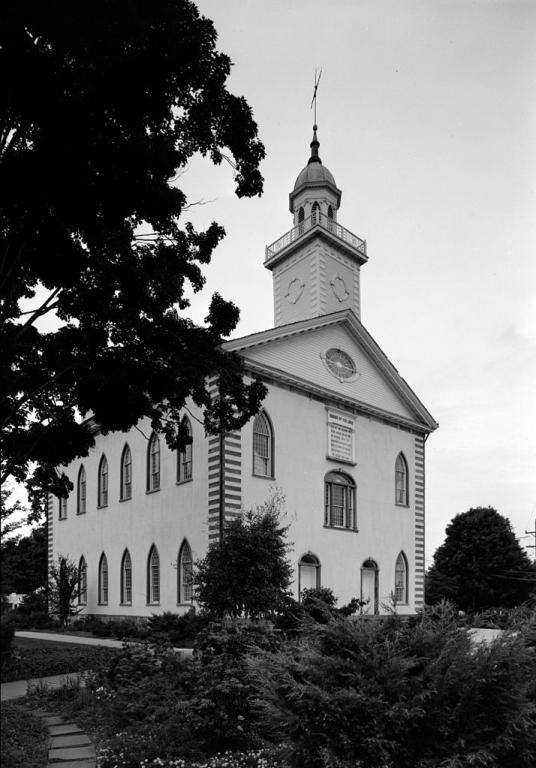
(Wikimedia Commons public domain image)
Oh yes. One last thought:
I almost wish that I drank and frequented bars, so that I could boycott this one: “Utah agency reviewing ‘discrimination’ allegations after bar vowed to not serve Zionists: The bar is owned by Michael Valentine, who ran in Salt Lake City’s recent mayoral race”
Has he also vowed not to serve anybody who sympathizes with Hamas? How in the world is he proposing to identify Zionists? Should they wear yellow stars, perhaps? With Jude written on them?


